One of the most critical challenges faced by digital enterprises is to integrate various systems, platforms, and applications. Orchestration is the key to this, regulating and coordinating a variety of automated operations to guarantee that the resulting actions operate together in the most efficient flow of work. Orchestration helps in the execution of tasks in a timely manner and in the right sequence thus organizations attain end-to-end automation along with the improvement of the efficiency across the board.
On the other hand, individual automation tasks operate in isolation, orchestration controls them as a group and binds them in a unified chain, which ensures their orderly behavior towards the required direction.
Nected's modern, low-code/no-code platform improves orchestration by making it possible for business entities to visually design and carry out complicated workflows. By integrating diverse systems and automating multi-step processes, Nected delivers smoother operations, faster scalability, and a lower rate of errors. It empowers users to manage tasks without extensive technical knowledge.
Key Characteristics of Orchestration
- Centralized Control: Orchestration gives developers an aerial view of all the tasks to be done and so lets the administrators control, and manage them. Consequently, the administrators obtain an overview of the whole workflow from one single point and so they are responsible for ensuring that everything proceeds as expected and for the prompt resolution of any issues.
- Workflow Automation: Automation is about executing certain tasks while orchestration ties those activities together to make them a uniform combination, or, as they say, orchestration is the bond that unites tasks to form a workflow. As a result, different parts of a process or a system can interact with each other and execute the predetermined tasks through automatic operation.
- Scalability: Modern Orchestration tools have been designed to handle large-scale operations, making it much easier to expand the scope of a system as business needs growth. This scalability is very important for companies operating in dynamic environments where extra resources or processes must be incorporated rapidly.
- Error Handling and Monitoring: The key benefits include error handling during workflow execution. When there's a failure with a task, the orchestration systems can automate alerts and corrective actions to ensure issues are sorted out quickly without affecting the whole process.
What is Automation?
Automation is basically a process through which technology takes over a particular task with literally no human intervention. Including the simplest meaning, this would imply that automation might enable certain predefined tactical actions to be executed without much intervention, usually based on some rules or triggers. An example of this could be automated email responses or processing some financial transaction as part of automation common in many businesses these days.
Automation just involves the extent of having discrete tasks or actions way faster, consistent, and with fewer human errors. It will thus allow companies to handle repetitive work with more efficiency, but most times it can barely deal with multi-step workflows that are complex. This is where orchestration steps in: bringing together multiple automated tasks into a seamless, well-coordinated system.
For example, within the Nected platform, while a variety of tasks may be automated-say, sending out notices or updating records in a database-the orchestration makes sure these happen at a specified time or in a specific order. It may fire a notification when it has detected that a set of data processing tasks has finished its execution in the background, hence streamlining more complex workflows across multiple platforms.
Read Also: Maximize Engagement with Nected’s Personalized Product Recommendations
Orchestration vs Automation
Although the terms are often discussed together, automation and orchestration fulfill very different roles. Automation addresses discrete, repetitive tasks, while orchestration manages and coordinates many automated tasks across multiple systems to ensure they function in concert in an organized and integrated manner.
| Aspect |
Automation |
Orchestration |
| Definition |
Automates a single, repetitive task. |
Coordinates and manages multiple automated tasks. |
| Scope |
Task-based, limited to one action or process. |
System-wide, involves multiple processes or systems. |
| Objective |
Increase efficiency by handling repetitive tasks. |
Ensure tasks work in concert across different systems. |
| Trigger |
Triggered by a specific event (e.g., purchase made). |
Triggered by a process needing multiple actions. |
| Example |
Send an email after a purchase. |
Updates inventory, sends shipping details, and notifies finance after a purchase. |
| Human Involvement |
Minimal human oversight required for one task. |
Reduces the need for human intervention across systems. |
| Complexity |
Lower, since it’s focused on individual tasks. |
Higher, managing the interaction between many tasks. |
Automation:
What automation is all about is a well understood single specialized task that an agent is to perform repetitively. It cuts on time consumed in performing a task through elimination of involvement of human elements where applicable making it efficient. However, automation is still at the level of single operations and does not embrace several systems.
- Example: An example of the use of automation in an e-commerce store would be when a customer buys a product, the store sends the customer an invoice email. This action is a local one and does not interface with other systems in the organization, for instance, the inventory management or the customer care.
Orchestration:
Orchestration extends the concept of automation to the point where instead of just automating a number of tasks in certain systems it also takes care of the integration and coordination of a number of tasks so that the task is performed on different systems in a sequential manner and all systems being synchronized. Thus, orchestration gives the organizations the ability to handle advanced workflows from one point to the next point without any interventions.
- Example: Let us take the same example that if an order is placed on an e-commerce website, beyond just sending an email, orchestration could ensure that multiple tasks occur:some text
- Update Inventory: Reduce the stock levels automatically after the purchase.
- Send Shipping Details: Inform the fulfillment center with the details of the order that the customer has placed.
- Notify Finance: Automatically inform the finance department about the transaction.
- Send Receipt: After all the tasks are done, the receipt should be forwarded to the particular customer.
This integrated flow makes it possible to keep all the departments, from fulfillment to inventory and financial, updated at real-time for the purpose of enhancing efficiency as well as accuracy.
Automation and orchestration are two concepts that are used in process management and which are in duality with one another. Automation deals with certain, routine tasks while orchestration zooms out and deals with linking of various systems and tasks into a single optimized workflow.
Read Also: Thе Роwеr оf Product Recommendation Engines
Achieving Orchestration and Automation through Low Code No Code Capabilities of Nected
Nected is a strong orchestration and automation platform, embracing the flexibility of low-code, no-code technologies. It enables organizations to implement complex workflows with much lower coding involvement, opening it to a large user group. That is important because, as the business grows, they start to operate a really significant number of interdependent processes across numerous systems.
Nected allows them to create visually orchestrated workflows by drag-and-drop methods in the low-code environment. That is, beyond singular task automation, users have been able to orchestrate tasks as integrated systems wherein one action would trigger another, assuring execution of all necessary steps in the proper order.
In Nected, automation is hand in hand with orchestration. Automation deals with routine tasks which have scripted procedures and do not require human decisions to be made. On the other hand orchestration enables these automated tasks to be executed in the right sequence while linking many systems and even processes.
Example Use Case:
Now, let’s define the situation that a particular company introduces the use of Nected into the organization for the purpose of optimizing the order fulfillment among various partners. Assume after receiving an order on the website:
Automation steps in to:
- Verify payment details automatically.
- Send an email to the customer in order to confirm the order.
Once these automated tasks are completed, orchestration takes over to ensure a series of tasks occur in the correct order:
- Update the inventory system in real-time to reflect the sale.
- Send a notification to the shipping department to prepare the order.
- Generate a shipping label automatically.
This is where automation as well as orchestration go hand in hand. Automation deals with the routine tasks such as checking payments and sending out notifications while orchestration ensures that all these automated tasks are well coordinated to occur in the correct sequence.
Nected’s platform then extends this process:
- This purchase triggers a change to the CRM so that it can reflect the purchase made by the customer..
- The business’s sales team gets alerted every time an order has been made.
- Last, an autoresponder email is sent to the customer upon shipment of the item with a note that the item has been shipped.
Nected make sure that automation eradicates any possibility of manual interference in routine tasks while orchestration makes certain that all the related processes ensure a harmony and integration of the work across the departments. In this way, automation and orchestration take place simultaneously, so that business people, using only a few simple steps, can organize the handling of simple and complex, multi-stage work-flows.
The whole multi-step process is orchestrated by the orchestration engine at Nected to ensure that everything works seamlessly from start to finish without requiring any form of manual oversight. Business operations can easily adapt to changing needs and scale when new processes are introduced because Nected offers low-code/no-code capabilities.
Conclusion
In the concept of modern business and IT environments, orchestration is just something that cannot be overlooked. While automation simplifies repetitive tasks, orchestration takes them a step further, coordinating those tasks into efficient multi-step workflows across systems and platforms. It enables businesses to manage ever more complex operations with minimal human intervention, reducing errors and enhancing efficiency.
Here, Nected's Workflow Orchestration Platform perfectly signifies how orchestration and automation seamlessly integrate into a low-code/no-code environment for businesses to simply create, change, and scale workflows. By closing the gap between isolated task automation and end-to-end process orchestration, Nected allows organizations to optimize their operations and more quickly react to changing needs.
As businesses keep on evolving and growing, the need for effective orchestration becomes even more potent. Now is the time to explore how Nected's platform can transform your workflows, providing you with both automation and orchestration imperatives toward success in today's digital world.
Check it out on Nected today and see how workflow orchestration can help your business.
FAQs
Q1. Can orchestration work across multiple systems and platforms?
Yes, orchestration is designed to integrate with multiple systems and platforms, ensuring that tasks from different systems are coordinated and executed as part of a unified workflow.
Q2. What are the key features of Nected’s orchestration platform?
Nected's offering is a low-code/no-code arrangement where users can easily design their workflows. It contains features such as drag-and-drop workflow design that incorporates the use of IT resources, the scalability of servers, proper error-handling and the ability to integrate multiple automated tasks into a seamless process across different systems.
Q3. What is the role of administrators in orchestration?
Administrators have centralized control over all the automated tasks within an orchestrated workflow. They monitor the system, ensure tasks run as expected, and intervene only when necessary to resolve issues
Q4. Why is orchestration important in IT environments?
Orchestration brings order to complex IT environments by coordinating multiple systems and processes. It helps prevent errors caused by manual interventions and ensures tasks are executed in the correct sequence, improving overall efficiency.



.png)
.svg)
.webp)

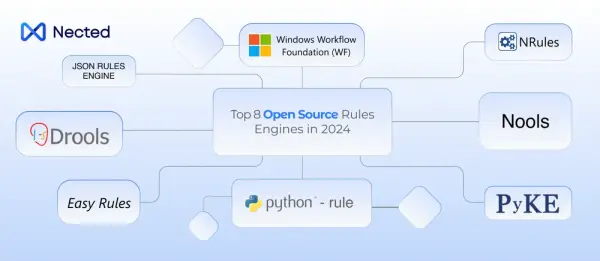




.svg)


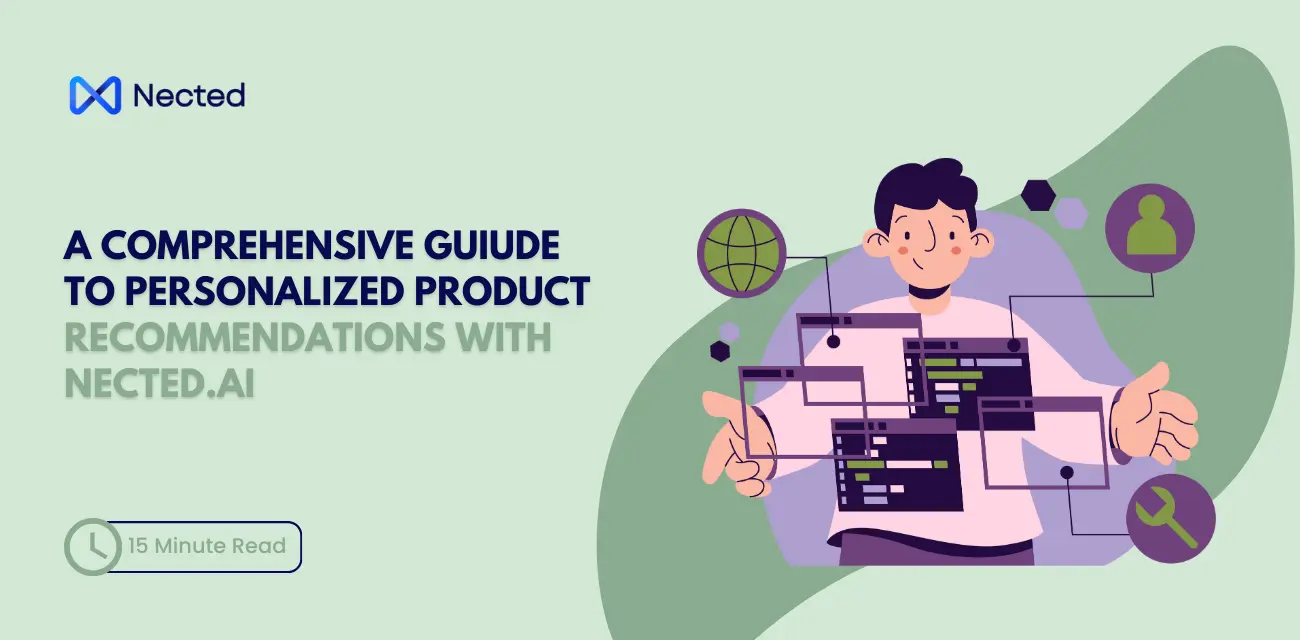
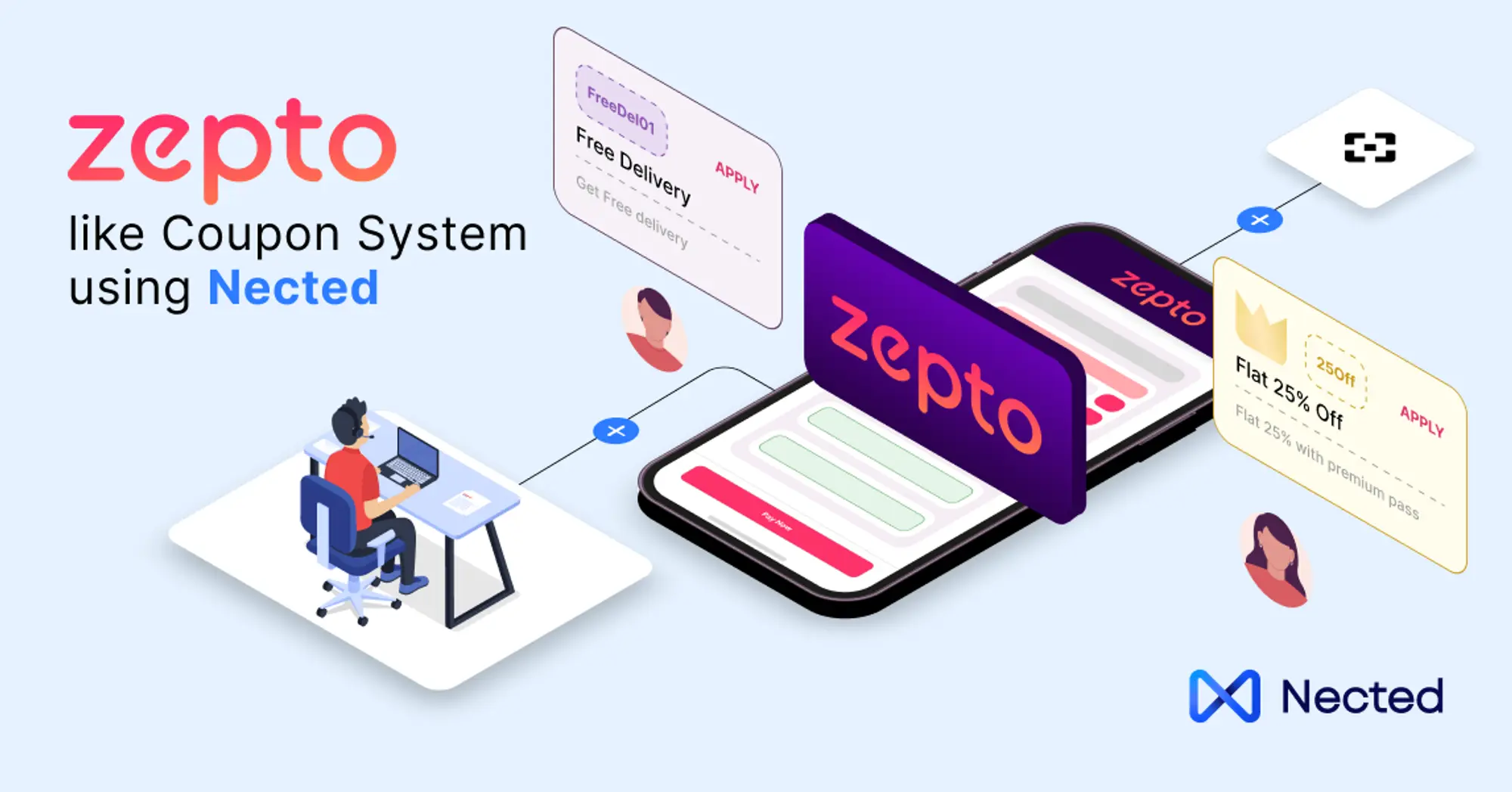
.webp)
.webp)

.webp)
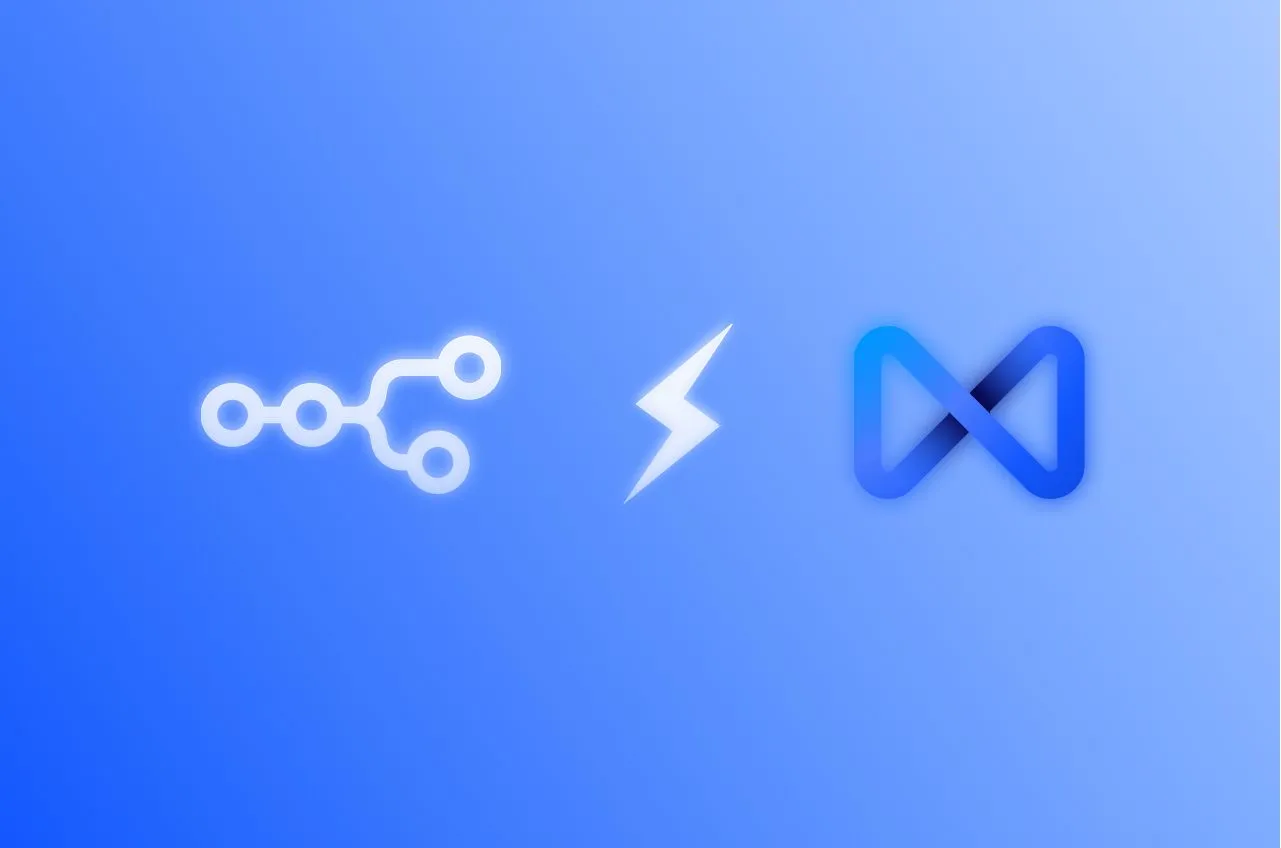

.svg)
.webp)




.webp)
.svg.webp)

.webp)


%20m.webp)
.webp)
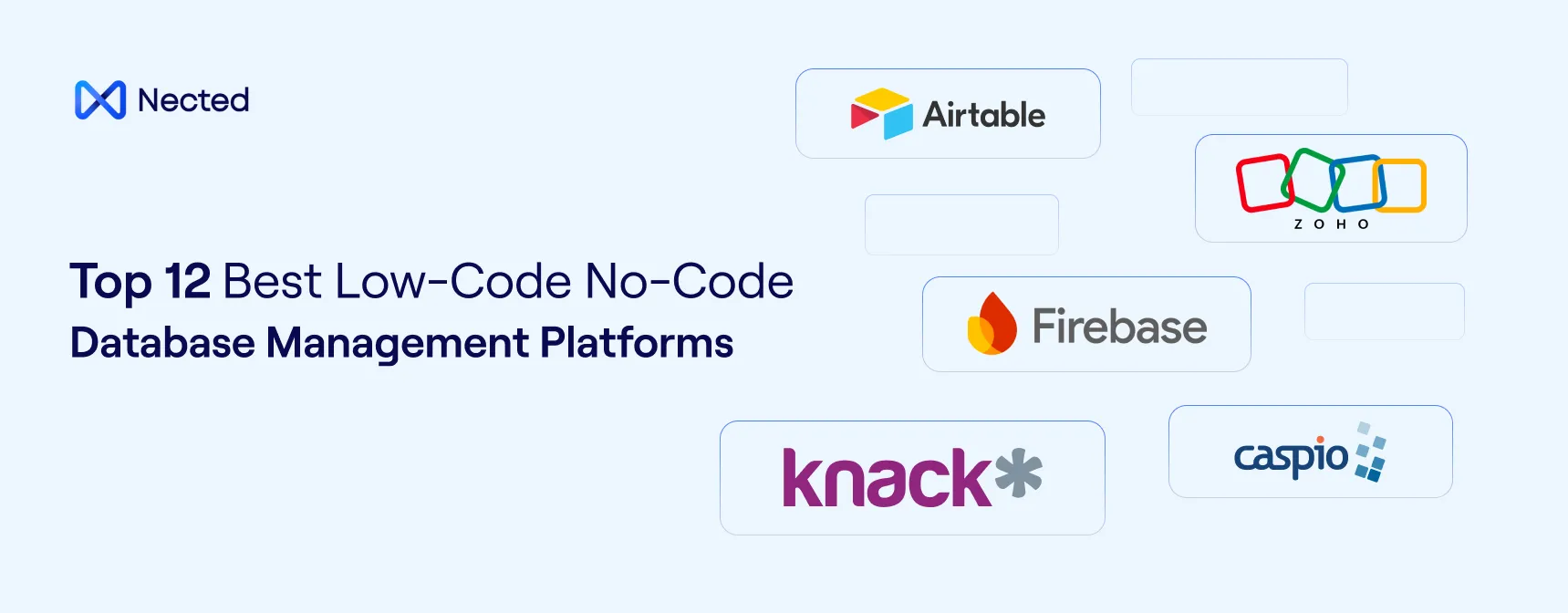
.webp)
.webp)

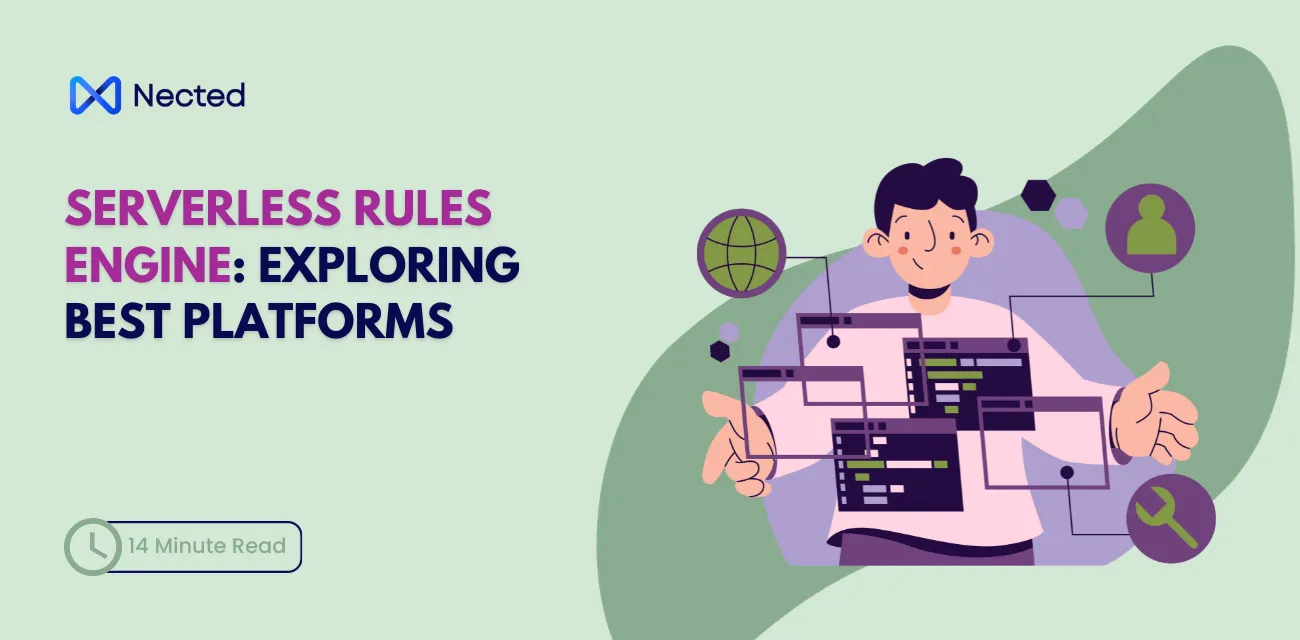
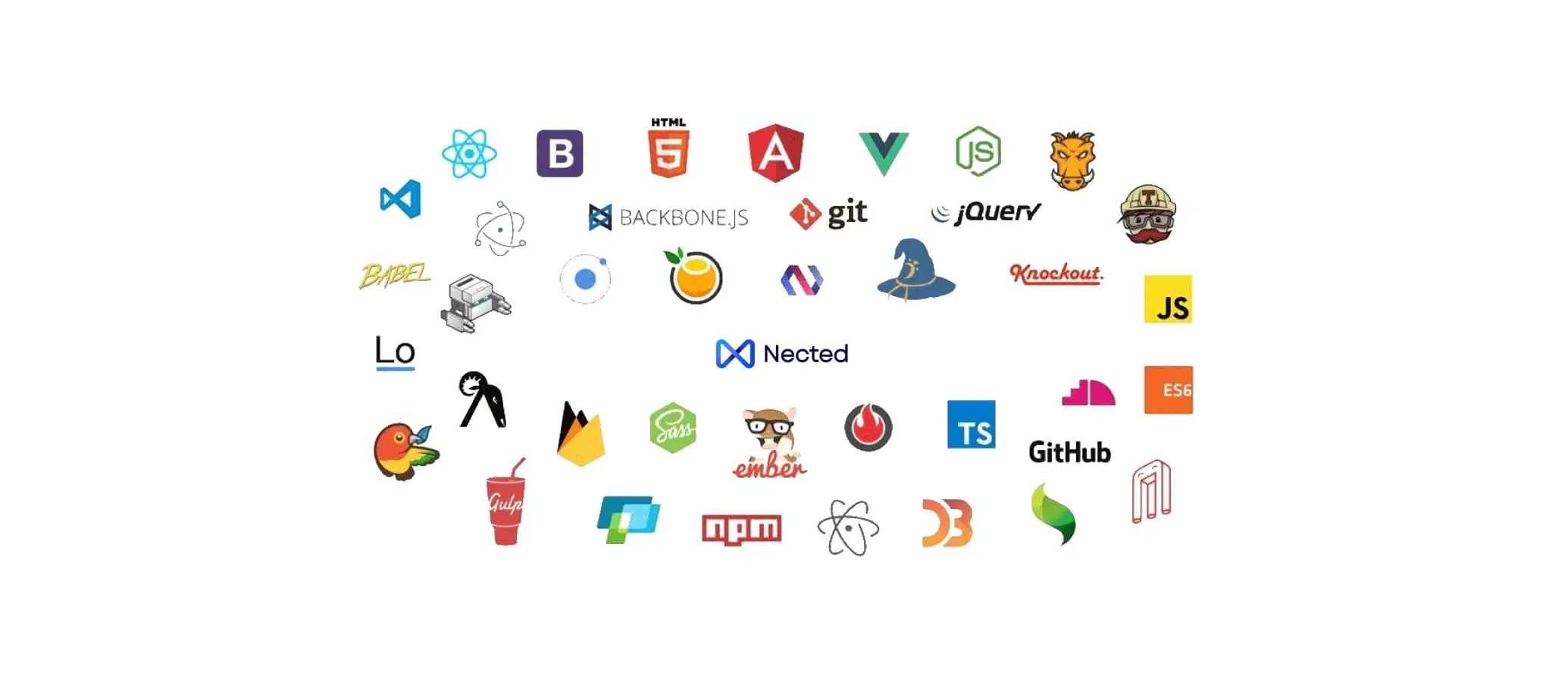




%20(1).webp)
